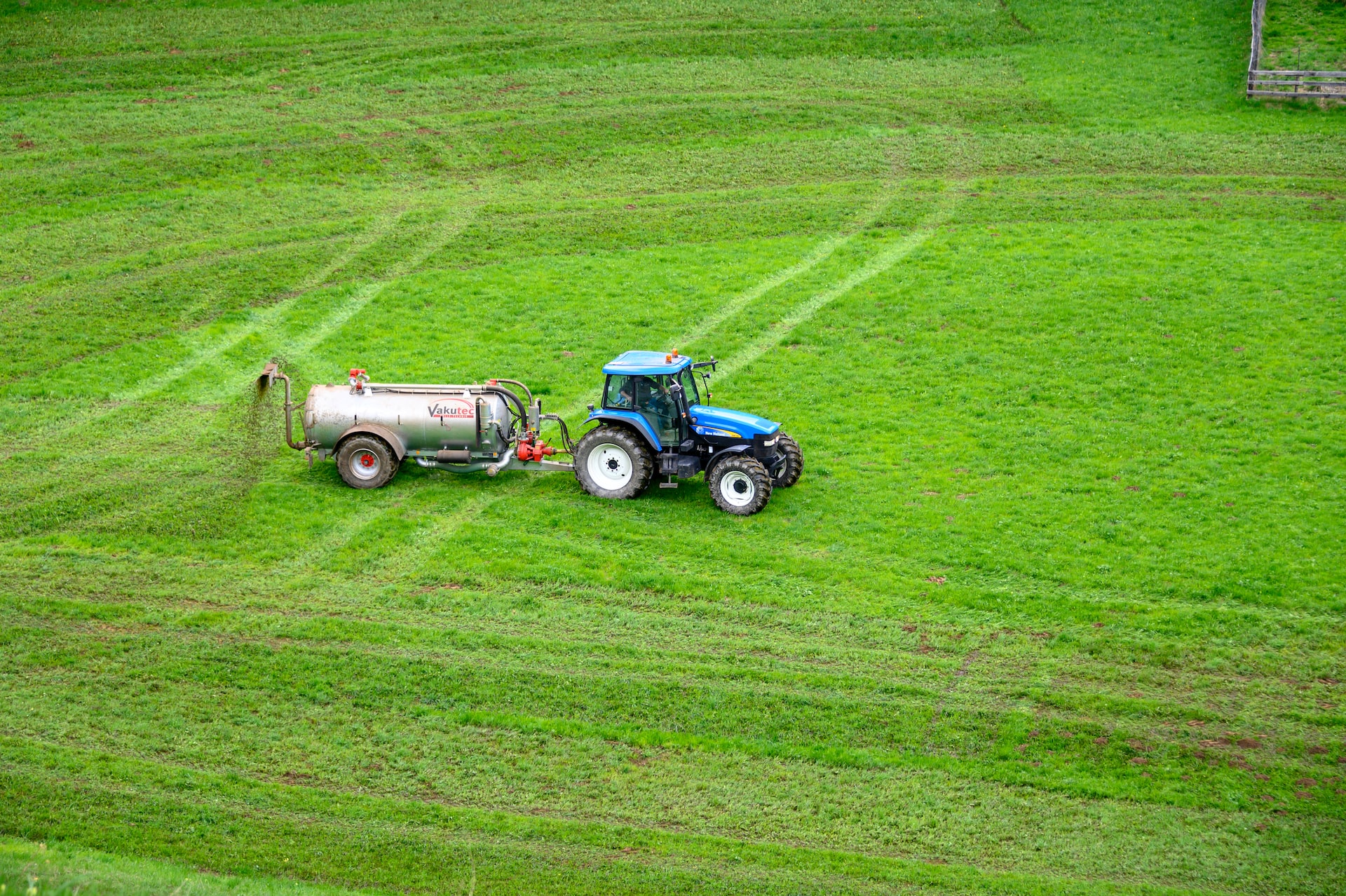



Revolutionized is reader-supported. When you buy through links on our site, we may earn an affiliate commision. Learn more here.
Farmers, ranchers and consumers alike are feeling the sting of high fertilizer prices. A multifactorial problem, prices are skyrocketing due to supply chain issues caused by the pandemic, sanctions on Russia, low fertilizer inventories and much more. The question remains: How will these high costs, which show no signs of cooling off by the end of 2022, affect next year’s growing season?
Fertilizer is typically one of a farmer’s most expensive annual purchases, and it’s an important determinant of crop yield. The raw materials for fertilizer, which include ammonia, nitrogen, phosphates, nitrates, sulfates and potash — another term for potassium — are soaring.
Phosphorus and potassium have to be mined, so they’re not available everywhere. Nitrogen fertilizer is usually made from nitrogen in the air, a process that requires a significant amount of natural gas.
As of September 2022, all fertilizer prices are higher than they were last year. For example, the price per ton of anhydrous fertilizer, a nitrogen-based product, currently sits at a staggering $1,380. In 2020, by contrast, farmers could buy a ton for roughly $480. In fact, prices are at an all-time high, breaking the previous record set by the Great Recession of 2008.
This isn’t just a problem in the U.S. It’s a worldwide issue.
What’s driving fertilizer prices up so high?
In response to the invasion of Ukraine, more than 30 countries have imposed sanctions on Russia. Unfortunately, Russia is the world’s largest fertilizer exporter, and they’re also a huge exporter of natural gas. This means that not only are the sanctions directly blocking fertilizer from leaving the country, but also the cost of natural gas has gone up.
Natural gas is a crucial component of fertilizer production. In response to rising gas prices, some European factories have had to slow their production.
Because Belarus supports the Russian war on Ukraine, several countries have enacted sanctions against them as well. Belarus is the third largest global supplier of potash, with Russia in second place and Canada holding the top spot. This has driven potash prices through the roof.
China’s National Development and Reform Commission stopped all fertilizer exports in 2021. This was a response to rising fertilizer prices in the country. China is holding on tightly to their domestic fertilizer supply, doling it out in small amounts at inflated prices to desperate countries.
As the previous top supplier of nitrogen and phosphorus, China’s refusal to participate in this sector of the global supply chain is a devastating blow.
With up to 25% of COVID-19 deaths occurring among those in the trucking industry in some areas, as well as the vast number of people looking for more fulfilling jobs, there is a critical shortage of truck drivers. Rising fuel costs have also driven up the price of trucking.
In Canada, which is the largest producer of potash in the world, a rail strike and trucking strike at the border further clogged the supply chain.
Due to its limited production and trade, many countries are running low on fertilizer. This has further driven up the price due to increased demand.
As fertilizer prices increase, so do the prices of crops such as corn and soybeans, which ranchers use as animal feed. Then, as animal feed becomes more expensive, so does meat.
Farmers and ranchers aren’t making higher profit margins despite high prices, so they have to increase the prices of their products. This means consumers are eating the extra cost of fertilizer. Many people are feeling sticker shock at the grocery store in response to inflated food prices.
One glimmer of hope comes from the USDA’s recent announcement of a fertilizer grant. USDA Secretary Tom Vilsack revealed in September that the Biden administration would provide $500 million to support domestic fertilizer production. Called the Fertilizer Production Expansion Program, the initiative aims to stimulate job growth and agricultural market competition.
Some farmers are experimenting with different types of fertilizer, like biofertilizers — often called biologicals in the agriculture industry — which contain microorganisms that benefit plants. Others have also turned to using manure to bolster their crop production.
Another strategy is planting crops that require less nutrient input, like soybeans, which have low nitrogen requirements. A shift towards fewer fertilizer-dependent crops could be a saving grace for farmers in this period of economic turmoil.
Some farmers are planning to use less fertilizer, fearing there won’t be enough to go around in 2023. This might be the best possible solution.
Farmers may have an overuse problem. China, for example, has seen a 77% increase in fertilizer use since 1995, but only a 33% increase in crop production. The numbers don’t add up. In China, excess nitrogen use has affected the soil, making it more acidic.
Nitrogen and phosphorus do boost agricultural yields, but they can also form poisonous nitrates in groundwater and lead to eutrophication. This is a process where plant overgrowth in a water system depletes oxygen and kills animal life. High phosphorus levels in the soil can also make it hard for plants to absorb copper and zinc, leading to a deficiency.
Fertilizer, of course, is a tremendous asset to society, allowing for the growth of crops in soils that previously supported little agriculture. It has supported an exponentially increasing world population that shows no signs of slowing down. No one is calling for farmers to stop using it entirely.
However, it might be time to examine how much of it is really necessary. If farmers can produce the same yields with less fertilizer, which studies are beginning to suggest is possible, then the global demand for fertilizer would fall along with prices.
It’s precarious, of course, for farmers to use less fertilizer than they’re used to. Their entire paycheck comes at the end of the harvest, and they won’t know how much money they’ll make until the crops finish growing. Using fewer supplemental nutrients is a frightening prospect for someone whose livelihood depends on crop yield.
But it might benefit farmers and the environment in the long run. Fertilizer prices show no signs of returning to normal any time soon, and if farmers can reduce their dependence on additives, they might save money and still grow the same amount of crops. Someone just has to be the first to take the leap.
Revolutionized is reader-supported. When you buy through links on our site, we may earn an affiliate commision. Learn more here.


This site uses Akismet to reduce spam. Learn how your comment data is processed.